Making Circularity Stick: Electronics
November 21, 2024
A conversation with Rob Lawson-Shanks, CEO of Molg & Aly Bryan of Closed Loop Ventures Group
Advancing electronics circularity has long been a core part of our investment focus at Closed Loop Partners. That has only accelerated as state and federal governments have increased focus on domestic manufacturing for electronics, right-to-repair laws and domestic sourcing of metals and minerals needed for the energy transition.
For servers specifically, we’re caught in between accelerated market growth and simultaneous accelerated obsolescence of these devices. An 8.3% compound annual growth rate is expected to result in a market size of $230B by 2034––at the same time, more existing technology continues to fall obsolete with generative AI dramatically driving up computing needs. With nearly 14 billion servers shipped in 2023, and the average life expectancy of a server down to three to four years, processing and repurposing these assets for their next life in lower computational applications is critical.
In the discussion that follows, Rob Lawson-Shanks, Co-founder and CEO of Closed Loop Ventures Group portfolio company Molg, speaks with Aly Bryan, Investor on the Closed Loop Ventures team at Closed Loop Partners, about how Molg is supporting hyper-scalers––large-scale data centers that provide cloud computing and storage services to organizations and individuals––and their partners to improve recovery and utilization of these assets, ultimately making circularity stick in the electronics industry.
Rob: My name is Rob Lawson-Shanks and I’m the Co-founder and CEO of Molg.
Aly: And I’m Aly Bryan, an investor on the Closed Loop Ventures team at Closed Loop Partners. I also have the distinct pleasure of serving on Molg’s Board of Directors. Rob, can you please start us off by sharing a bit about what you’re building at Molg?
Rob: At Molg, we support hyper-scalers, electronics manufacturers and their partners in advancing a circular economy for electronics––focusing today on servers and laptops, two key devices with increasing opportunity to recover materials at scale.
Aly: Why do you think circular economy is important to your partners?
Rob: Our customers are experiencing tremendous demand for computing ability––resulting in significant growth of their existing data center footprints. In many cases, our partners are growing so fast that they’re outpacing the supply of the very materials they need to bring new assets online. Molg helps our partners recover and reuse legacy assets––like CPUs, memory cards and more––that otherwise would need to be purchased new, helping to get new data centers online faster and saving hyper-scalers money in the process.
Aly: Today, Rob and I will explore how to identify strong partners and then work with them to scale, where grant dollars can help to support growth of the business, and ultimately tackle how he thinks we can make circularity stick in the electronics industry. Let’s get started!
On Identifying Strong Partners
Aly: Molg has a partnership with Sims Lifecycle Services as well as other hyper-scalers, and you have worked with Dell and other consumer electronics companies in the past few years. How did you go about identifying the right partners within each of those organizations? What makes them strong partners for you as you look to scale?
Rob: When identifying the right partners, we look for alignment in three key areas: shared mission, complementary capabilities and a commitment to innovation. For us, it’s not just about who can provide access to assets or resources but who is genuinely invested in advancing the circular economy.
Take Sims Lifecycle Services, for example. They’re at the forefront of electronics recycling and resource recovery. Their deep expertise and established infrastructure are critical for closing the loop on materials. It’s this operational strength that makes them an ideal partner for us to deploy our Microfactories with. They bring the logistical muscle, and we bring the cutting-edge technology to recover and repurpose high-value components efficiently, creating a seamless integration that amplifies impact.
On Sources of Funding
Aly: I’ve always been impressed with the way your team has balanced commercial arrangements with government funding, including your recently announced $5 million grant from the Department of Energy. How do you think about the role of grant dollars in supporting the growth of the business?
Rob: We’re in a once-in-a-generation moment where the government is investing unprecedented funding into reshaping industrial policy, bringing supply chains back to the U.S., and creating powerful opportunities for resilience and circularity in the process.
This $5 million grant directly accelerates our ability to scale our Microfactory technology, allowing us to create meaningful contributions to circularity at a much faster pace.
What’s even more exciting is that this project is being executed in partnership with several of our commercial partners, which means the impact of the Department of Energy’s investment is amplified through real-world deployments. It’s a collaborative approach that not only validates our technology but also sets the foundation for a more sustainable and resilient electronics supply chain in the U.S.
Aly: Earlier this year, you closed a $5.5 million Series Seed with participation from Amazon Climate Pledge Fund, ABB Ventures, Overture VC, Elemental Impact and of course us at Closed Loop Partners. What will this new capital help unlock for the business?
Rob: First, I want to extend a huge thank you to Closed Loop Partners’ Ventures Group for leading our Series Seed round and for your continued support. It’s been instrumental in getting us to this point. The funding from you and our incredible partners allows us to meet the rapidly growing demand from our customers who are increasingly prioritizing circularity.
The need for circular solutions is accelerating at an incredible pace, and the scale of the problem requires companies like ours to grow quickly to support this demand. For us, it was crucial to have backing from mission-aligned partners like Closed Loop Partners, who see not only the massive financial opportunity but also the transformative potential for creating circular supply chains.
On Commercial Contracts
Aly: I’d be remiss not to ask on behalf of all the other circular economy founders out there working to get their first commercial contracts over the line. What advice would you have for those founders on how to most effectively navigate those conversations?
Rob: These commercial partnerships are absolutely critical because the biggest impact on circularity comes from working with large companies that operate at a significant scale. To make meaningful change, you need to engage with Fortune 100 and 500 companies where your solutions can have the most transformative effect.
One piece of advice I would offer is to truly understand the mission and values of your potential partners. Early on, I found it invaluable to dig into their ESG reports and public statements to see what they’re prioritizing and where your solutions can align. It’s about finding that overlap between your goals and theirs, which often forms the basis of a strong partnership.
It’s also important to recognize that circularity is challenging and it’s a journey—there’s no single solution that will instantly make a company circular. It takes patience, empathy and an iterative approach. You have to be willing to work closely with your partners, especially understanding that it’s a give-and-take process as you incrementally build towards the larger, more holistic systems we all envision.
For me, it’s always been about approaching these contracts from a partnership mindset. Instead of just selling a product, focus on how you can co-create value and support each other through the inevitable challenges. That collaborative spirit is what will drive real progress and help you navigate those early conversations effectively.
On Making Circularity Stick
Aly: Last question! How can we make circularity stick in the electronics industry?
Rob: Well, first off, we could start by making things less sticky by not using glue and adhesives in electronic design! But on a more serious note, it’s really about forming strong partnerships across the entire ecosystem and pushing each other in our respective roles to make circularity the default way of doing things. We need manufacturers, users, recovery partners and second-life users all working together, challenging what’s possible, and continuously raising the bar on circularity until it’s just how we operate as an industry.
“Making Circularity Stick” is a collection of interviews with founders across the Closed Loop Ventures Group portfolio sharing their experiences of making circularity stick across industries. If you’re interested in connecting with the founders sharing their stories, please reach out to Aly Bryan at [email protected].
Disclosure
This publication is for informational purposes only, and nothing contained herein constitutes an offer to sell or a solicitation of an offer to buy any interest in any investment vehicle managed by Closed Loop Capital Management or any company in which Closed Loop Capital Management or its affiliates have invested. An offer or solicitation will be made only through a final private placement memorandum, subscription agreement and other related documents with respect to a particular investment opportunity and will be subject to the terms and conditions contained in such documents, including the qualifications necessary to become an investor. Closed Loop Capital Management does not utilize its website to provide investment or other advice, and nothing contained herein constitutes a comprehensive or complete statement of the matters discussed or the law relating thereto. Information provided reflects Closed Loop Capital Management’s views as of a particular time and are subject to change without notice. You should obtain relevant and specific professional advice before making any investment decision.
Executive endorsements of Closed Loop Capital Management are for illustrative purposes, designed to attract business development contacts, and should not be construed as a client or investor testimonial of Closed Loop Capital Management’s investment advisory services. All such endorsements are from current or former portfolio company leadership about Closed Loop Capital Management’s ability to provide services to their companies. Closed Loop Capital Management has not, directly or indirectly, paid any compensation to such individuals for their endorsements.
The Case Studies described on the Website are included as representative transactions to demonstrate assets to which Closed Loop Capital Management provides capital, however, are not representative of all Closed Loop Capital Management investments and are not necessarily reflective of overall results of any of Closed Loop Capital Management’s businesses. Investments in other businesses may have materially different results. Not all Closed Loop Capital Management investments had or will have similar characteristics or experiences as those included herein.
Certain information on this Website may contain forward-looking statements, which are subject to risks and uncertainties and speak only as of the date on which they are made. The words “believe”, “expect”, “anticipate”, “optimistic”, “intend”, “aim”, “will” or similar expressions are intended to identify forward-looking statements. Closed Loop Capital Management undertakes no obligation to update publicly or revise any forward-looking statements, whether as a result of new information, future developments or otherwise. Past performance is not indicative of future results; no representation is being made that any investment or transaction will or is likely to achieve profits or losses similar to those achieved in the past, or that significant losses will be avoided.
Related posts
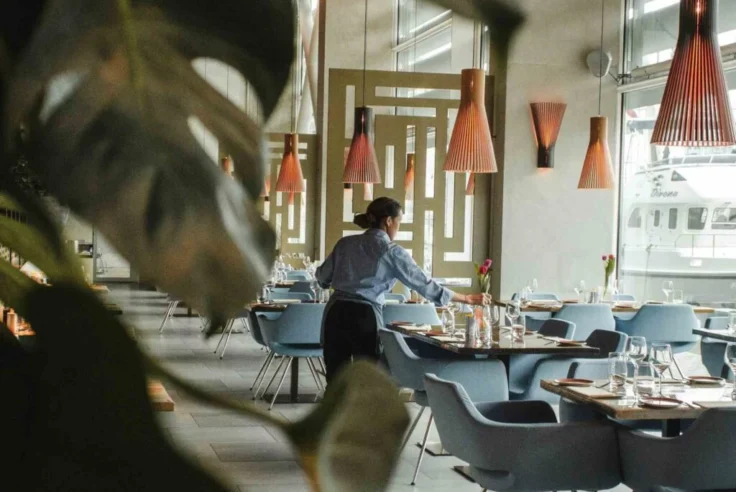
Blog Post
How AI Can Reduce Food Waste at Restaurants
Closed Loop Ventures Group led the seed investment...
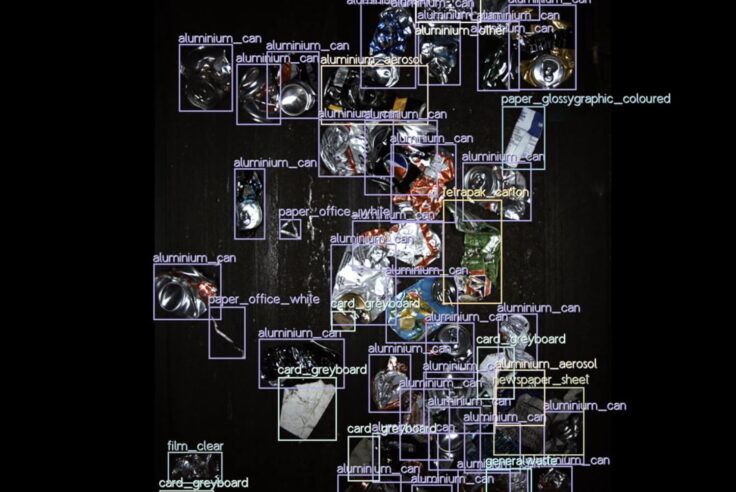
Press Release
New Data Reveals High Quantities of Food-Grade Polypropylene...
Closed Loop Partners’ Center for the Circular Economy...
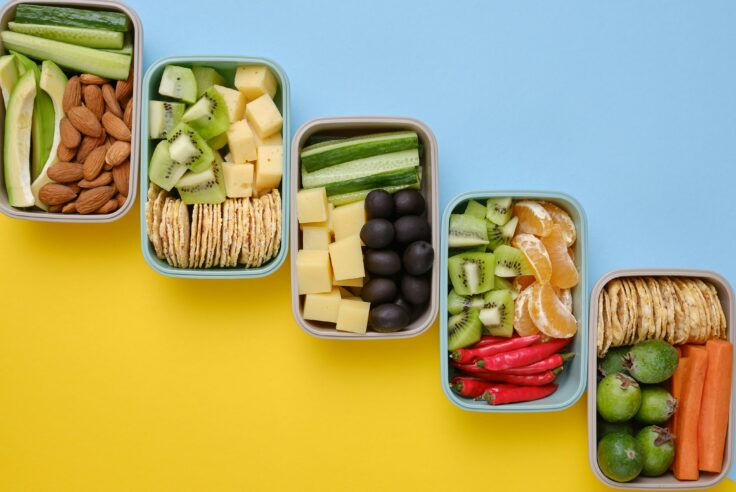
Press Release
Closed Loop Partners and U.S. Plastics Pact Identify...
Packaging types primed for reuse lay the groundwork...
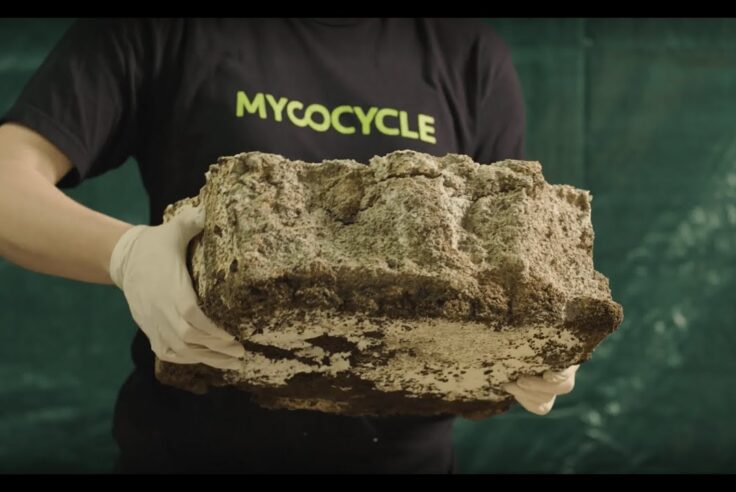
Blog Post
Why We Invested in Mycocycle: Nature-Inspired Circular...
Closed Loop Partners’ Ventures Group saw a key opportunity...
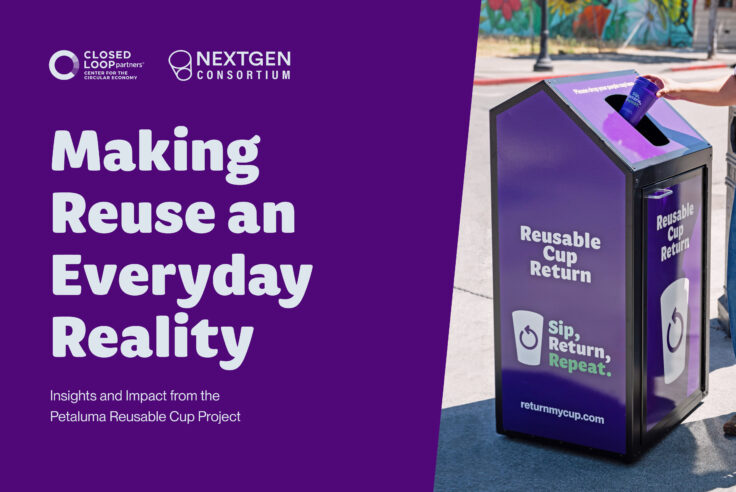
Press Release
Groundbreaking Results From Citywide Petaluma Reuse...
The Petaluma Reusable Cup Project from the NextGen...
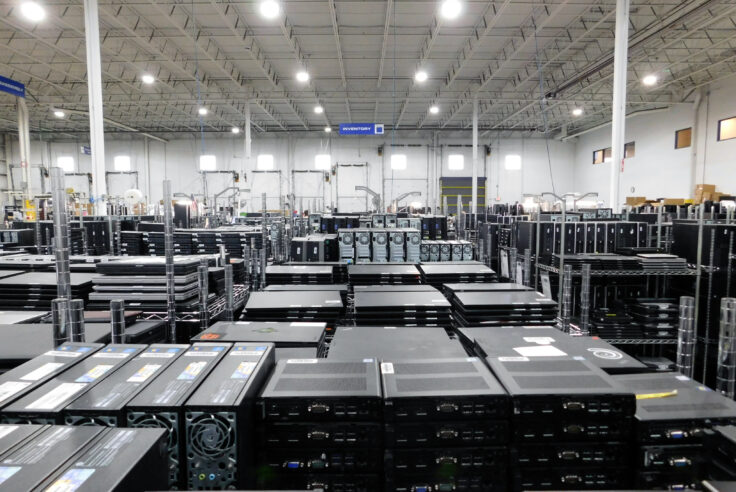
Press Release
Closed Loop Partners’ Portfolio Company, Sage Sustainable...
The bolt-on acquisition scales Sage’s end-to-end...

Press Release
Closed Loop Partners Unveils Groundbreaking Findings...
Closed Loop Partners’ Center for the Circular Economy...

Press Release
Capricorn Investment Group Backs Closed Loop Partners...
The partnership signals tailwinds behind the circular...

Blog Post
8 Tips to Navigate Life Cycle Assessments for Circular...
Closed Loop Partners’ Center for the Circular Economy...

Press Release
Closed Loop Partners Leads $4M Seed Round for LAIIER,...
Investment in the innovative liquid leak detection...
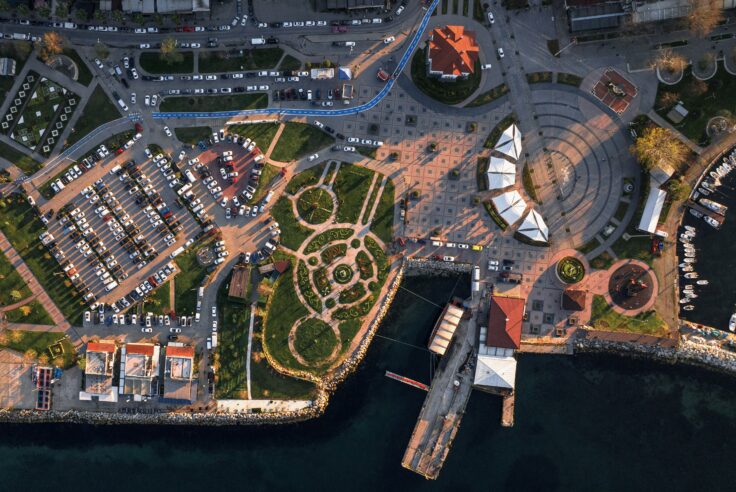
Blog Post
The Key to a Strong Local Economy? It Must Be Circular.
4 ways the circular economy unlocks local value.
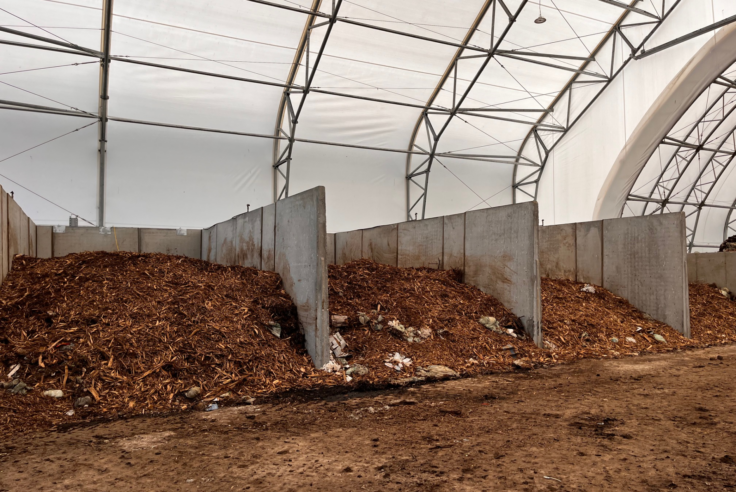
Blog Post
Why More Composters Are Recovering Food Scraps and...
Black Earth Compost and Glacial Ridge Composting Facility...
